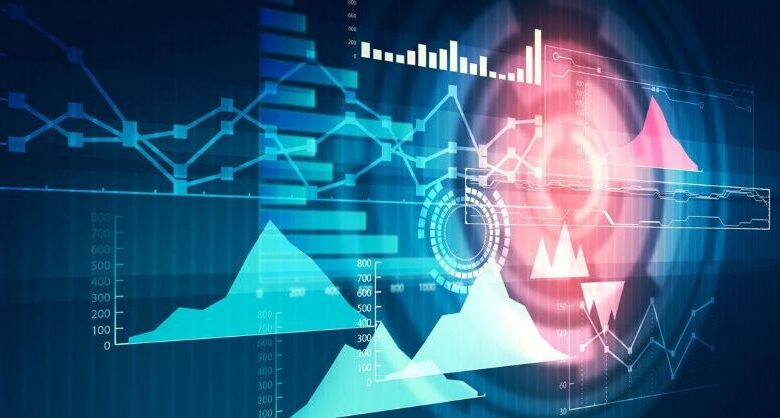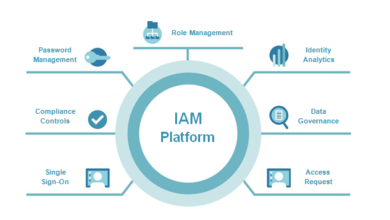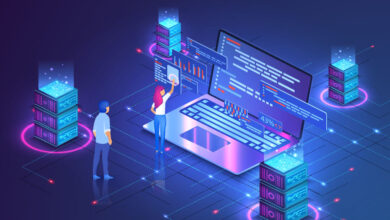Visual Analytics: Things You Shouldn’t Miss Out

James, VP of a digital marketing agency looking at the large pile of spreadsheets, wondering, “How great it would be to get all these data in a concise form, highlighting the vitalities. It would be so much easier to optimize various activities without spending hours on these spreadsheets every morning!” What James failed to determine was he urgently needed Visual Analytics (VA).
What is Visual Analytics?
Visual Analytics is the process of representing information in visual form using graphical interfaces. VA uses data analytics, dashboarding, and interactive data representations to allow users to interpret data in bulk.
With VA, users can convey a sheer amount of data to the audience using unnecessary explanation and textual content. Modern, interactive VA allows users to combine data from different sources, be it social media or database, and analyse them.
VA combines data analysis, visualisation, and human factors to extract knowledge from data. It provides a real-time data view and allows the user to manipulate data without building complicated charts or other visualisations.
Benefits of Visual Analytics
The key benefit of visual analytics is that it helps users turn a massive amount of data into business insights which can help organisations understand the trends or get answers to “why.”
VA interprets data quickly and represents it graphically, making data analytics easier to understand for rate my paper non-experts, therefore making faster decisions. It also enables quick and easy sharing of insights with the board members for speedier collaboration. For instance,
- IT managers can use visual analytics to identify the underused applications and anticipate technology needs beforehand.
- In banking, managers can explore officers’ performances in different regions and compare revenues.
- Human resource officers can use VA to evaluate employee performance by location, gender, role, qualification, training, etc.
- Virtual analytics connects data from the CRM, web analytics platforms, and different advertising tools and helps marketers understand the customer life cycle, phase by phase.
- Supply chain managers use virtual analytics to connect complex data sources using KPIs and interactive exploration.
- Sales managers can arrange sales data in an organised manner to identify trends, forecast change, and boost revenue.
So you see, irrespective of the complexities, visual analytics simplifies data for better understanding and quicker business decisions.
Use of Visual Analytics
In this fast-paced world, data is one of the prized assets of every organisation. No wonder the need for visual analytics has increased more than ever for quick analysis and interpretation of complex data sets, such as Big Data.
The traditional data processing software is not adequate for processing voluminous data sets and models. On the other hand, VA can store, retrieve, and analyse large, structured, semi-structured, and unstructured data.
Visual analytics also comes in handy for identifying criminal linkages. Agencies use VA to monitor and identify the pattern of illegal activities to reach the actual criminal. Such action would be almost impossible with raw data or stats.
Education sectors such as schools, colleges, and university assignment help services use VA to evaluate students’ performance in different subjects, semesters, classes, etc., to adopt suitable academic strategies.
Another sector that’s leveraging VA for better business insights is the retail industry. Retailers use virtual analytics to analyse piles of invoices, plan inventories, decide product mix, upgrade stocks by season or region, compare stores’ profitability or loss, etc.
How to Gain From Visual Analytics?
- Before you start with visual analytics, make sure you determine specific goals for your work. Once you know what answers you need, you can become successful with VA.
- Transform your source data into clean and concise information. Combine and replicate data from multiple sources in a specific format of your data warehouse.
- Choose simple visual techniques to represent your data. Use light colours, standard shapes, sizes, and correct charts to differentiate between datasets.
- Use the right data analytics tools to explore data in any direction.
Visual analytics is the most effective way of communicating data to a broader audience. Hence, it’s essential to keep them direct for everyone’s easy understanding.
Author Bio
Jeff Higgins is a data scientist and works at a reputed IT in Australia. During his free time, he loves to blog, watch movies, and cook. Jeff is also available at MyAssignmenthelp.com on weekends, where he provides customised IT assignment help to students of all academic levels.



